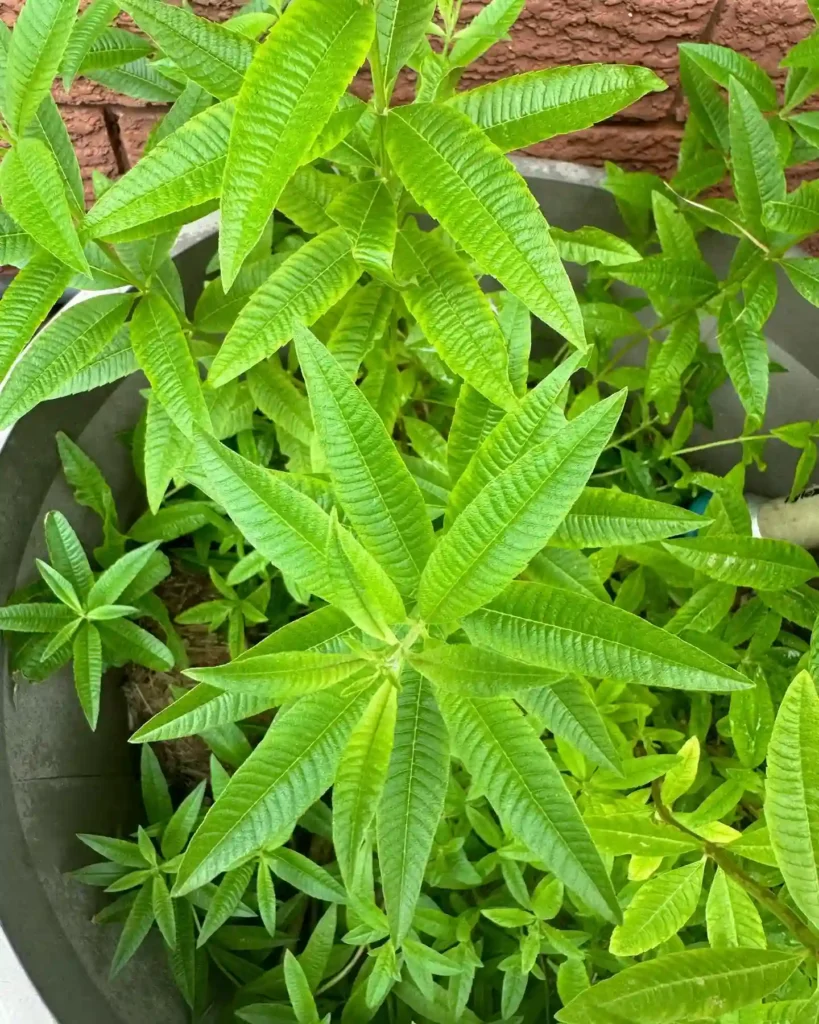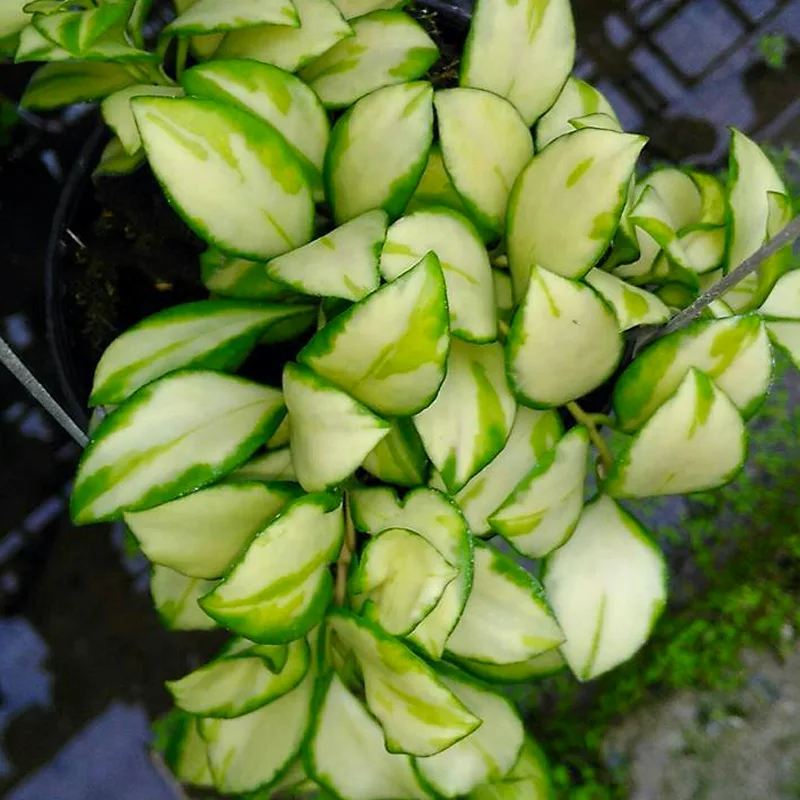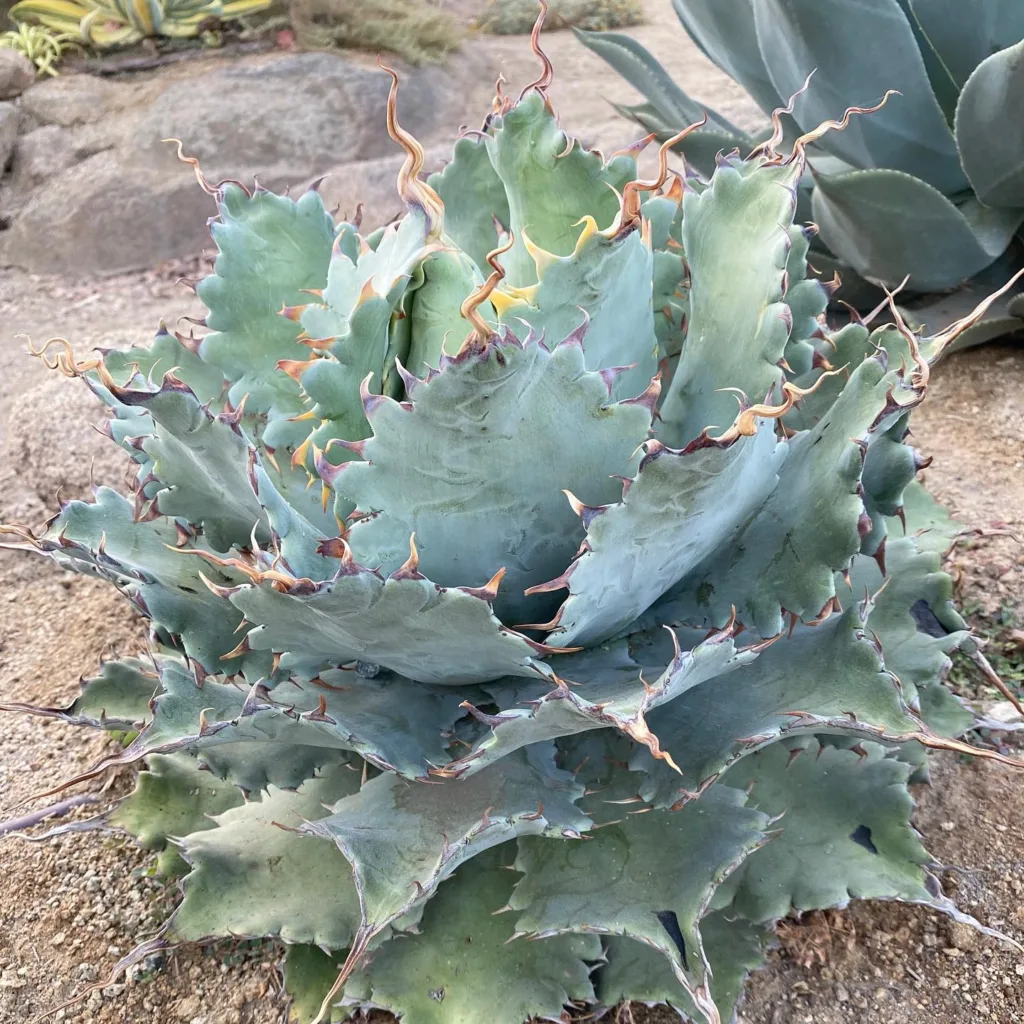FAQs About Nepenthes Veitchii Candy Dreams
As a passionate plant enthusiast, I’ve had my fair share of experiences with various carnivorous plants, and one that stands out is the Nepenthes Veitchii Candy Dreams. This striking species from the Nepenthes genus has captured my attention with its vibrant colors and unique trapping mechanisms. In this article, I’ll address some frequently asked questions about this fascinating plant, drawing from my personal experiences and observations.
Plant Family: Nepenthaceae – 207 Species in Genus Nepenthes
What Is Nepenthes Veitchii Candy Dreams?
Nepenthes Veitchii Candy Dreams is a hybrid of the Nepenthes veitchii species, known for its colorful and distinctive appearance. This plant is part of the Nepenthaceae family, which includes other popular pitcher plants. Nepenthes Veitchii Candy Dreams features a captivating array of hues, ranging from soft pinks and purples to deeper reds, creating a candy-like effect that gives it its name.
The plant produces tubular, pitcher-shaped traps that can catch and digest insects, making it not just an attractive addition to any plant collection but also a functional one. The traps are designed to lure prey with their sweet nectar and bright colors, which are a key feature of this hybrid.
How to Care for Nepenthes Veitchii Candy Dreams?
Caring for Nepenthes Veitchii Candy Dreams requires a bit of attention to detail, but it’s quite rewarding. Here are some tips based on my own experiences:
- Light: Nepenthes Veitchii Candy Dreams thrives in bright, indirect light. I’ve found that placing it near a north or east-facing window works well. If grown under artificial light, aim for around 12-14 hours of light per day.
- Temperature: This plant prefers a warm, humid environment. Maintain daytime temperatures between 75-85°F (24-29°C) and nighttime temperatures around 55-65°F (13-18°C). I use a small humidifier to keep the air moisture level high, which the plant seems to enjoy.
- Water: Use distilled or rainwater to avoid the salts and minerals found in tap water. I water my Nepenthes Veitchii Candy Dreams regularly, ensuring the soil remains moist but not waterlogged.
- Soil: A mix of sphagnum moss, perlite, and orchid bark provides excellent drainage and mimics the plant’s natural habitat. I’ve had great success with this mix, as it prevents root rot and supports healthy growth.
- Feeding: While Nepenthes Veitchii Candy Dreams can catch insects on its own, supplementing with occasional insect feedings can boost growth. I use small insects or specialized carnivorous plant food.
How to Propagate Nepenthes Veitchii Candy Dreams?
Propagation of Nepenthes Veitchii Candy Dreams can be done through several methods, but I’ve primarily used two techniques:
- Cuttings: Take stem cuttings with a few nodes and place them in a propagation mix similar to the soil mix mentioned earlier. Keep the cuttings in high humidity and bright, indirect light. I’ve found that using a humidity dome helps the cuttings root faster.
- Seed: If you can find seeds, sow them on a sphagnum moss substrate and keep them moist. Germination can take several weeks, so patience is key. The seedlings will require the same care as mature plants.
What to Plant With Nepenthes Veitchii Candy Dreams?
Nepenthes Veitchii Candy Dreams pairs well with other carnivorous plants and tropical species. Here are some plants that complement it beautifully:
- Sarracenia: The tall, tubular traps of Sarracenia can create an interesting contrast with the Nepenthes’ more delicate pitchers. Plus, they share similar care requirements.
- Drosera: Sundews like Drosera capensis can thrive in the same environment and add a different trapping mechanism to your collection.
- Heliamphora: Known as the “sun pitcher,” Heliamphora can grow well in similar conditions and adds a different texture to the plant arrangement.
- Orchids: Low-growing orchids, such as those from the Paphiopedilum or Phalaenopsis genera, can add a splash of color and a contrasting look to the setup.
Common Problems and Solutions
In my experience, a few issues may arise with Nepenthes Veitchii Candy Dreams:
- Leaf Curling: This can indicate either too much direct sunlight or low humidity. Adjust the light intensity and increase the humidity to resolve this issue.
- Pitcher Blackening: Blackened pitchers are often a sign of overwatering or using inappropriate water. Make sure you’re using distilled water and avoid waterlogging the soil.
- Slow Growth: If growth seems slow, it might be due to insufficient light or nutrients. Ensure the plant gets enough light and consider feeding it occasionally.
Conclusion
Nepenthes Veitchii Candy Dreams is a captivating addition to any plant collection. With its colorful pitchers and unique trapping mechanism, it provides both aesthetic appeal and practical benefits. By following these care tips and addressing common issues, you can enjoy the beauty and intrigue of this remarkable plant. Whether you’re a seasoned carnivorous plant enthusiast or a beginner, Nepenthes Veitchii Candy Dreams is a rewarding choice that will bring a touch of wonder to your plant collection.
If i die, water my plants!



